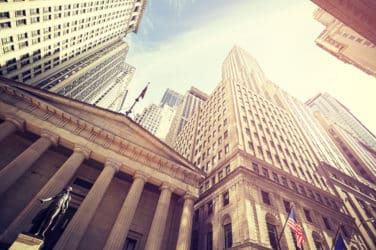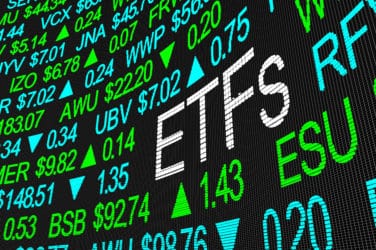As ‘bulge bracket’ brokers are faced with ever tightening budgets and focusing more on their larger institution accounts, the mid- and small-size brokers are poised to snatch up those clients left without an executing broker.
The bulge firms, after years of shrinking commissions amid a unique confluence decreased trading volumes, increased technology spend and a heavier regulatory compliance burden have shed staff and cut costs to the bare bone. Thus, having to make due with smaller trading desks and providing a modicum of service expected from the top tier banks, other brokers have been able to step in and grab underserved customers. And more importantly, the commissions that come along with providing both execution and research services.
“We’re definitely seeing this trend right before our eyes here,” said Doug Rivelli, co-head of US equity sales and trading at Auerbach Grayson. “As the trend of unbundling commissions has taken hold on a global scale, the traditional trading desk has had to become more focused on execution quality and broker trading services and firms like us have been able to capture market share.”
This phenomenon was reported also by market consultancy Greenwich Associates, who reported this week that mid-sized/regional brokers’ share of commission payments from institutional U.S. equity trades is increasing.
According to Greenwich, a s recently as 2007, the nine leading bulge-bracket brokers captured 78% of commissions paid by institutional investors on trades of U.S. equities. This year, they are claiming only 60%–down a full two percentage points from 2015. Much of the lost share has flowed to mid-sized/regional dealers, which as a group now take home 28% of U.S. equity commissions, up from just 11% in 2007.
And New York-based Auerbach Grayson is one of those grabbing market share. The firm focuses on providing high-touch personalized service to its clients, specifically those looking to source liquidity in harder to trade domestic and international securities.
As Greenwich analyst David Stryker wrote in his report, “Up for Grabs: Money in Motion in U.S. Equities,” smaller firms have capitalized on the changes taking place in the industry, which is feeling the pain of a long-term contraction in the size of the trading commission pool overall.
This year commission paid on US equity cash trades was $9.65 billion, which has been stable over the last three years. However, this is down a whopping 30% from peak levels seen in 2009.
Stryker wrote that there is no evidence to suggest that the squeeze on brokers will ease anytime soon. As part of its annual U.S. Equity Investors Study, Greenwich Associates asked 321 traders in 2016 how they expected their use of specific brokers to change over the coming 6-12 months. Forty-seven percent expect to cut back the share of commissions they allocate to at least one of their brokers, meaning that at least $100 million of secondary cash equities commissions will be up for grabs.
“What do these trends mean for the sell side? Taken together, it is clear that brokers providing consistent and high-quality service stand to win,” Stryker wrote. “The study results reveal that those sell-side firms that clients judge as providing “excellent” service typically earn an additional 100-200bps of commission share than those that clients rate as “above average.” And a client typically allocates 100-200bps more to a broker it feels provides “above average” service than one that provides just “average” service.”
“As we’ve made it our theme to partner with our clients, and some have come from bulge firms who like our value proposition, focusing on high quality execution and liquidity provision has helped us get customers,” Rivelli told Markets Media. “We’ve clearly seen the trend here.”
MORE STORIES ON BROKERAGE:






